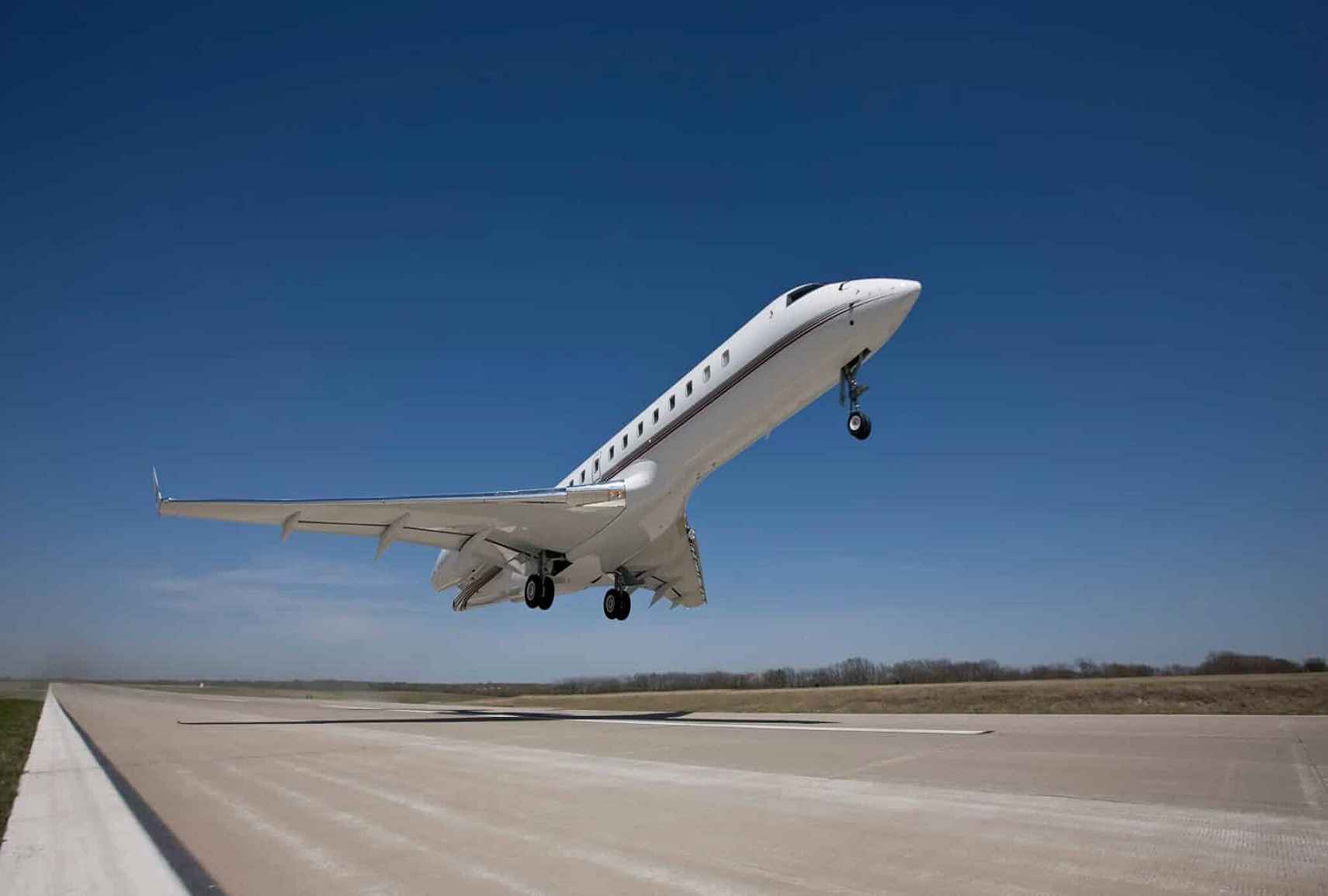
What is Flight Planning?
Flight Planning is planning, mapping out and understanding all of the criteria, materials and routes of a flight you are undertaking. It involves two aspects: fuel calculation to ensure that the aircraft can safely reach the destination and compliance with air traffic control requirements to minimize the risk of midair collision. Flying is more complex than driving a car; you need to be fully prepared and know the route that you are taking. Therefore, it is vital that all flights have a well-structured flight plan, which maximizes passenger safety, reduces costs and flight time.
The aim of flight planning is to create a recipe for the safest flight on a specific day and for a particular aircraft. As circumstances are never the same for any flight, the calculations must always be tailored to the flight in question.
Another aspect of any particular journey’s flight plan is that of airspace. Close attention is paid to the necessary altitude at which the aircraft must fly to stay safe in flight so that collision with other aircraft sharing airspace is avoided.
Flight Planning Today
Flight planning and flight planning software is a crucial aspect of flying for all pilots. Flight planning software effectively removes the margin for human errors. Not long ago, flight planning took days of calculations done by hand. Of course, this method was laborious and prone to error. Today, thanks to sophisticated and advanced technology, this task is completed quickly.
How Weather Affects Flight Planning
One of the primary tasks for an accurate flight plan is the weather. Unpredictable weather patterns can potentially play havoc with aircraft, a sudden storm or high winds can cause the aircraft to be forced into a higher or lower altitude and the extra effort can use up more fuel than anticipated.
Equally, wind direction plays a part in fuel usage. Wind, which pushes an aircraft from behind or front, can help or hinder a pilot in making the journey with minimum necessary fuel consumption.
Flight planning software keeps pilots abreast of all relevant weather conditions as they change and develop. Knowing in advance what weather an aircraft is heading into can help a pilot make calculated decisions with regard to the aircraft’s position and thus conserve fuel.
Planning software today has developed to an extraordinary level of sophistication for weather with up-to-the-minute weather information, including Worldwide METARs, TAFs and NOTAMs and radar imagery. As a result, pilots and airlines enjoy new levels of safety thanks to the ease with which weather planning and navigation may be completed.
Fuel Consumption
Ensuring there is enough fuel on board to make it to the aircraft’s destination is an essential part of flight planning. Fuel is calculated based on the fuel consumption of the aircraft vs. the time it takes to get to its destination, plus legally required fuel reserves for diversions and delays. The flight time is added together and multiplied by the hourly fuel consumption, which calculates the total amount of fuel required. Additionally, wind speed & direction, airspeed, distance, and routing are all computed to give the pilot the amount of fuel required for that leg.
Additionally, fuel conservation is always a big issue for large and small companies alike and with prices high, there are good reasons to try and use as little as possible. Therefore, the successful prediction of fuel consumption and the prediction of how much reserve fuel should be carried is a vital aspect of flight planning. The necessary points which are considered during the calculation of fuel are many and one of the main issues is the weather.
Conclusion
With flight planning software, extremely accurate planning can be achieved and the margin for error is significantly narrower. As the weather can seriously affect how easily an aircraft can complete its flight and how much fuel it will use, it is vital that the weather be predicted to a close definite. In this way, aircraft may avoid the extra weight of an overestimated fuel load and fly in a far more cash-friendly fashion!
Learn more about our flight planning solutions or contact us today to see how we can help you file, plan, and fly safer and easier.


